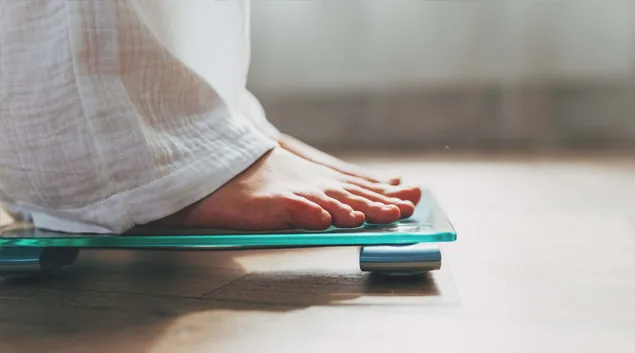
Photo: Kseniya Ovchinnikova/Getty Images
Overpaying for GLP-1 medications is extremely common, with a new data analysis of 102,166 drugs showing that 92% of those prescriptions could have been filled at a lower price.
The DoseSpot analysis estimated that if the prescriptions had been filled at the lower price, patients could have saved a combined $10.2 million in their medications in the first quarter of this year alone.
The potential savings would have come from giving patients transparent pharmacy pricing information, letting patients choose their pharmacy and leveraging manufacturer cost-savings programs.
At $7 million, the bulk of the savings would have been from the cost-saving programs, the analysis found.
WHAT'S THE IMPACT
According to a study published in JAMA Network, one in eight Americans – or about 32.8 million people – have reported using a GLP-1 drug, and a separate KFF analysis found that 40% do so for weight loss. Fewer than one in five employer-sponsored health plans cover GLP-1s for weight loss, and prior authorization can be difficult to obtain.
DoseSpot's analysis focused on 102,166 GLP-1 prescriptions processed in Q1 2025 – all for manufacturer brands such as Mounjaro, Ozempic and Zepbound (compounds were excluded). More than nine in ten (94%) of those prescriptions had some form of commercial insurance coverage, and 6% were uninsured.
Analysts evaluated whether each prescription was eligible for additional savings, from a different pharmacy or via manufacturer cost-saving programs, and whether receiving the medication directly from a manufacturer, which is often less expensive, was an option.
A $10.2 million savings across more than 100,000 prescriptions in three months extrapolated out across the 32.8 million Americans currently taking GLP-1 medication monthly indicates a potential cost savings that's easily in the billions of dollars, authors said.
GLP-1 medicine adherence is especially low – just 46.3% at 180 days – and savings programs are a critical component to medication adherence, not just for one-time use, but on a recurring basis, authors said.
THE LARGER TREND
FAIR Health data released this month showed more than 2% of adult patients now take a GLP-1 drug to treat those who are overweight or obese. Among all adult patients, the percentage who were diagnosed as overweight or obese and were prescribed a GLP-1 drug increased from 0.3% in 2019 to 2.05% in 2024, a relative increase of 586.7%, the white paper found.
Weight loss drugs such as Wegovy and Zepbound are clinically effective but not cost-effective at their current prices, according to a recent study published in JAMA Health Forum.
Tirzepatide and semaglutide, the generic names for the medications, generate improvements in quality-adjusted life expectancy when they're paired with lifestyle modification, according to the study. But neither medication was cost-effective at the $100,000/quality-adjusted life-year (QALY) benchmark due to their high lifetime treatment costs.
The analysis indicates that a substantial price reduction (30.5% for tirzepatide and 81.9% for semaglutide) would be needed to make the medications more cost-effective.
Jeff Lagasse is editor of Healthcare Finance News.
Email: jlagasse@himss.org
Healthcare Finance News is a HIMSS Media publication.